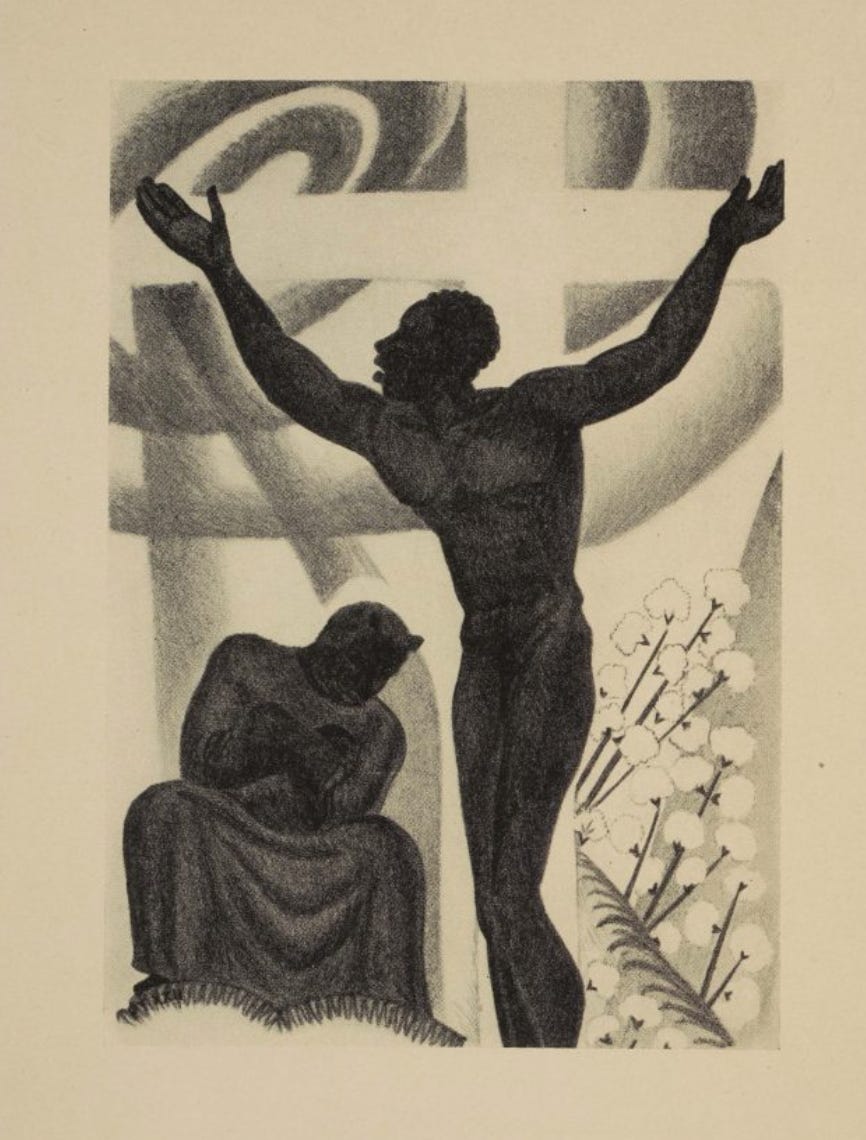A killing machine fueled by racism
Gov. Jeff Landry wants to start executing death row inmates again
Keep reading with a 7-day free trial
Subscribe to Something Like the Truth: By Robert Mann to keep reading this post and get 7 days of free access to the full post archives.




